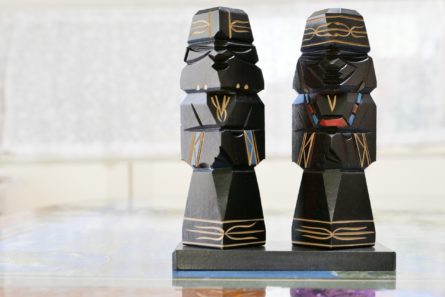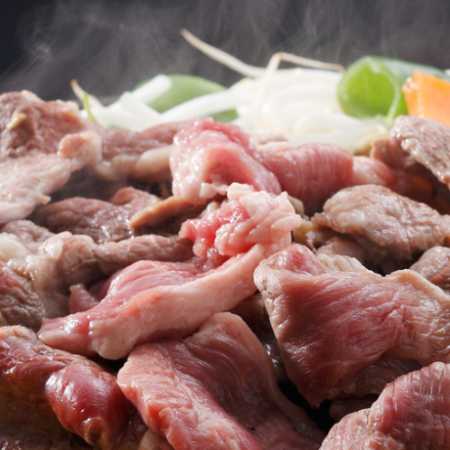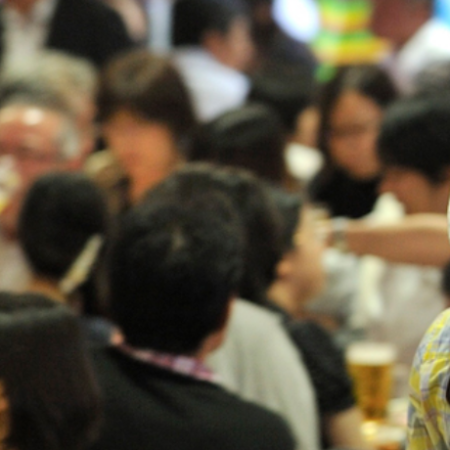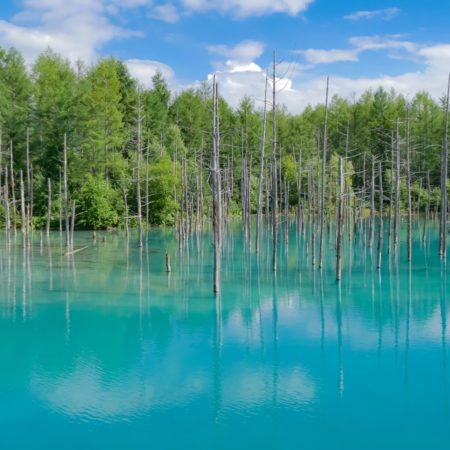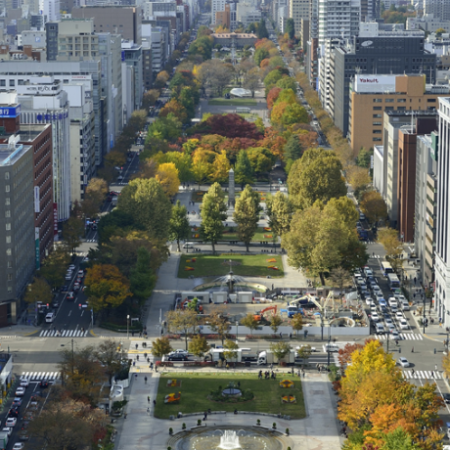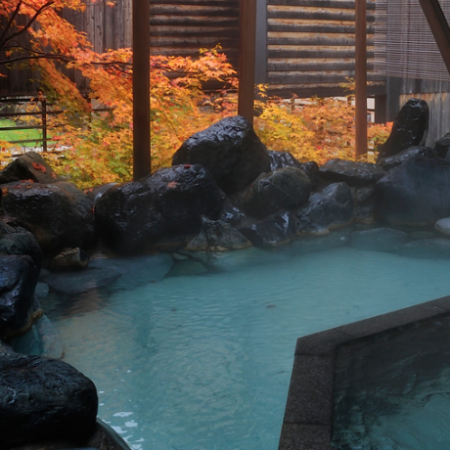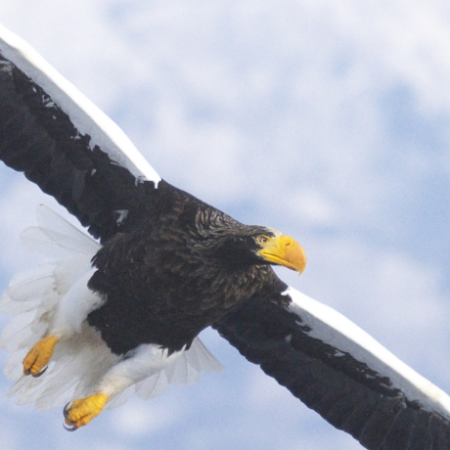Shiretoko was registered as a World Natural Heritage site in 2005. The entire peninsula, which juts out from the east coast of Hokkaido, is called Shiretoko, and its name comes from the Ainu word “Shiretoku,” which means “end of the earth” or “cape.
The area includes Shiretoko National Park, one of Japan’s most famous national parks. The diverse natural environment created by the land and sea of Shiretoko, including the high mountains that rise in the center of the peninsula and the sea where drift ice arrives, nurtures a rich ecosystem and rare flora and fauna.
Shiretoko
Mysterious and majestic world heritage site with diverse flora and fauna
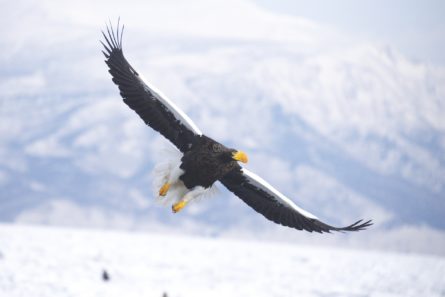
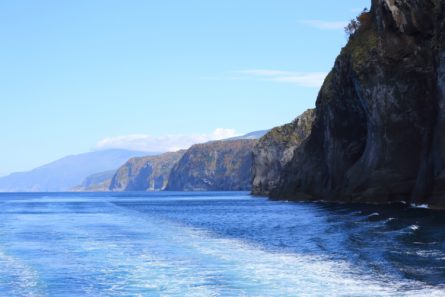
Taisetsu mountain range
The "Roof of Hokkaido," Colorfully Decorated with Alpine Plants
With Asahidake (2,290m), the highest mountain in Hokkaido, as its main peak, the Daisetsuzan Mountain Range consists of a series of mountains around 2,000m high. Because of its high latitude, it has a severe alpine environment comparable to that of the 3,000-meter class mountains in Honshu.
Part of this area is included in the Daisetsuzan National Park, the largest national park in Japan, and together with the surrounding magnificent Tokachi and Ishikari mountain ranges, it is called the “roof of Hokkaido.
It is also a treasure trove of rare ecosystems such as abundant alpine plants and the pika rabbit, which is said to be a survivor of the Ice Age. The Ainu people described the beauty of this place as “Kamuimintara” (the garden where the gods play).
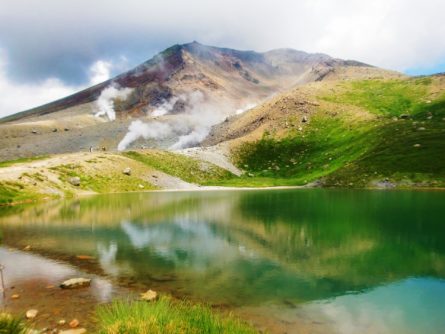
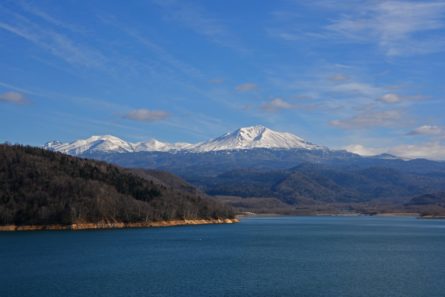
Ainu culture
The Ainu people are the indigenous people of the northern part of Japan, mainly in Hokkaido. They have developed a rich culture that includes the Ainu language, which is different from the Japanese language, their unique worldview that everything in nature has a soul, Ainu traditional dance and music, which is designated as an important intangible folk cultural asset by the government and is registered as a UNESCO World Intangible Cultural Heritage, and crafts such as embroidery and wood carving with unique patterns. The Ainu people have developed a rich culture. In recent years, there have been activities to create a new Ainu culture based on these traditions.
